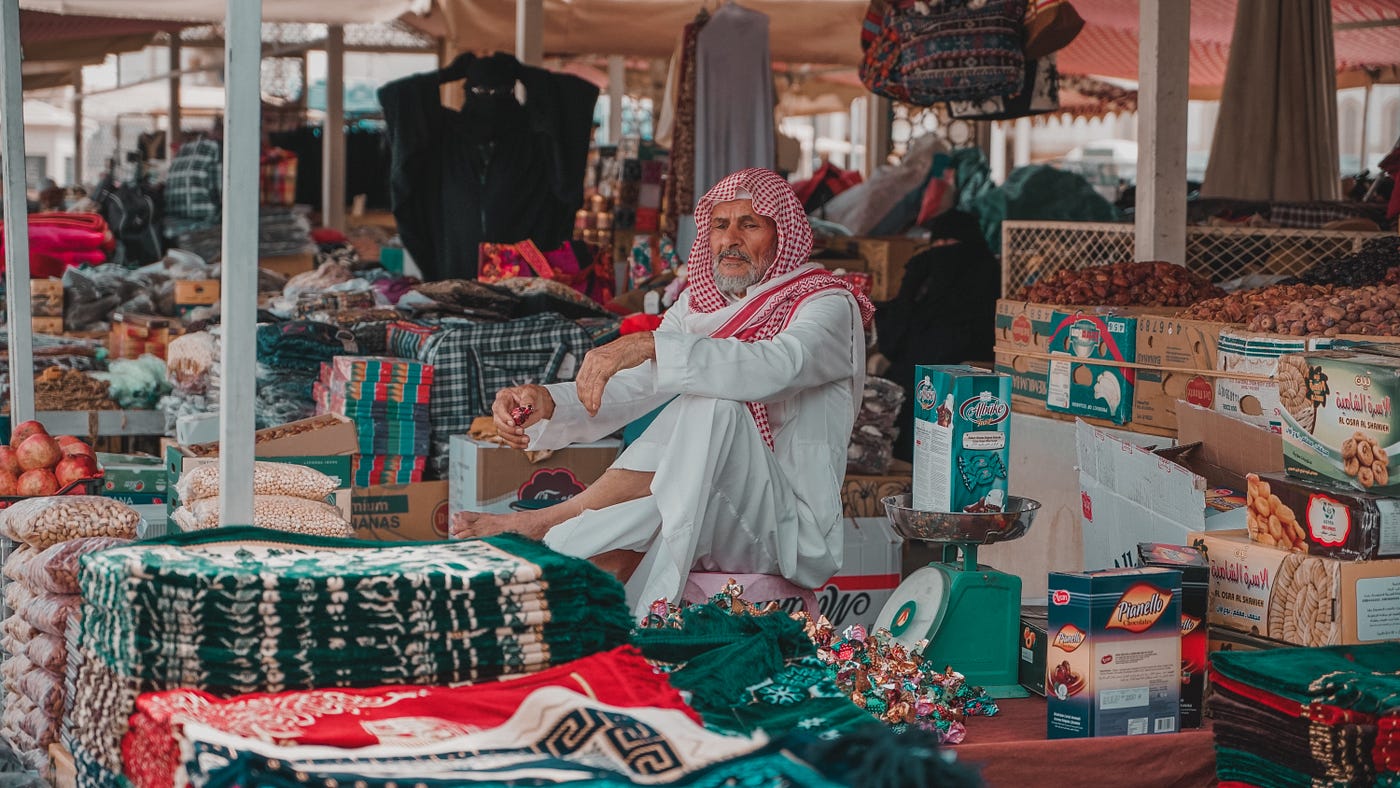Saudi Arabia: #31 in the 2022 World Index of Healthcare Innovation

Photo by Afif Ramdhasuma on Unsplash
Introduction
2022 marks the debut of Saudi Arabia in the FREOPP World Index of Healthcare Innovation, coming in 31st out of the 32 countries we analyzed. While the kingdom excels in Fiscal Sustainability (6th), it struggles on nearly every other measure, including last-place rankings for Quality and Science and Technology.
Saudi Arabia has exited the pandemic well, having the second-lowest fatality rate of the countries in the Index (the United Arab Emirates was lowest). Coverage for healthcare is inexpensive, but choices are few and residents have poor health outcomes, with life expectancy lagging all other countries in the Index.
Background
Under royal decree in 1925, King Abdul Aziz Al-Saud created the kingdom’s first public health department. Under the department, Saudi Arabia built hospitals and health centers to address growing healthcare needs.
The kingdom’s health system significantly expanded following the creation of the Ministry of Health in 1951. Aside from its primary mission to provide free healthcare to all citizens in public health facilities, the ministry sets public policy and oversees all public and private providers.
Saudi Arabia features a mix of public and private health insurance coverage. Ironically, private health insurance was first required among non-Saudi nationals by royal decree in 2005 as part of the Cooperative Health Insurance Act (CHI). This coverage requirement was then extended to Saudi nationals working for private employers.
Over time, the CHI will extend coverage requirements to other groups, including Non-Saudis and Saudis employed by the public sector, and foreign visitors, a large number of whom make the pilgrimage to Mecca. Prior to CHI, almost all private payments for healthcare were out-of-pocket. The government views CHI’s private coverage mandate as an important vehicle to reduce the country’s reliance on public health spending, since a significant portion is funded through volatile oil revenues.
Over the past century, progress in Saudi Arabia has been steady, but has lagged that of other high-income countries. In 2016, the government launched Vision 2030, an initiative to reduce the country’s dependence on oil revenues and modernize its economy, and develop its public service sector. As part of the initiative, the kingdom is working to expand the capacity of its health system and improve health outcomes through innovation and investment in the healthcare sector.
Quality
On most measures, Saudi Arabia struggles to provide quality healthcare to its residents, ranking last in the Index for Quality. With the exception of pandemic preparedness, where Saudi Arabia has kept fatalities from COVID-19 remarkably low, the Arabian country has struggled to provide quality care, leading to a high rate of treatable mortality coupled with anemic GDP growth. And while it has plenty of hospital capacity, Saudi Arabia ranks 26th in infrastructure due to shortages of doctors and nurses.
Choice
Though Saudi Arabia ranks 28th for Choice, there are bright spots, most notably in affordability of health coverage (4th). Saudi Arabia also features a high degree of choice for providers. Still, the nation’s single payer system limits coverage options and prevents access to both new treatment options as well as more affordable generics and biosimilars. Even on coverage of essential health services — which include indicators for maternal health, communicable and noncommunicable diseases, and service access — Saudi Arabia tied for last in the Index with Hungary.

Science & Technology
As in the Quality dimension, Saudi Arabia ranks last in the Index for Science and Technology. Saudi Arabia struggles across the board, including medical advances (32nd), scientific discoveries (30th), and health digitization (31st). A lone bright spot is that residents are digitally connected, providing the basis for health digitization advancements in the future. Fortunately, the kingdom’s Vision 2030 initiative could improve its standing as a future research and innovation hub by promoting public and private sector competition and liberalizing the economy to provide a friendlier business environment and attract foreign investment.
Fiscal Sustainability
Unlike the other dimensions, Saudi Arabia excels in Fiscal Sustainability (6th). It features the second-lowest debt-to-GDP ratio in the Index (32.5 percent), and its demographic profile, even after accounting for a large expatriate population, has an enormous number of working-age individuals to support an aging population. While the kingdom’s public healthcare spending remains relatively low (15th), the growth in public healthcare spending is accelerating (31st). This is a major concern, since Saudi Arabia’s ability to fund government priorities, including healthcare, would be in jeopardy should oil revenues decline.



 ">
">